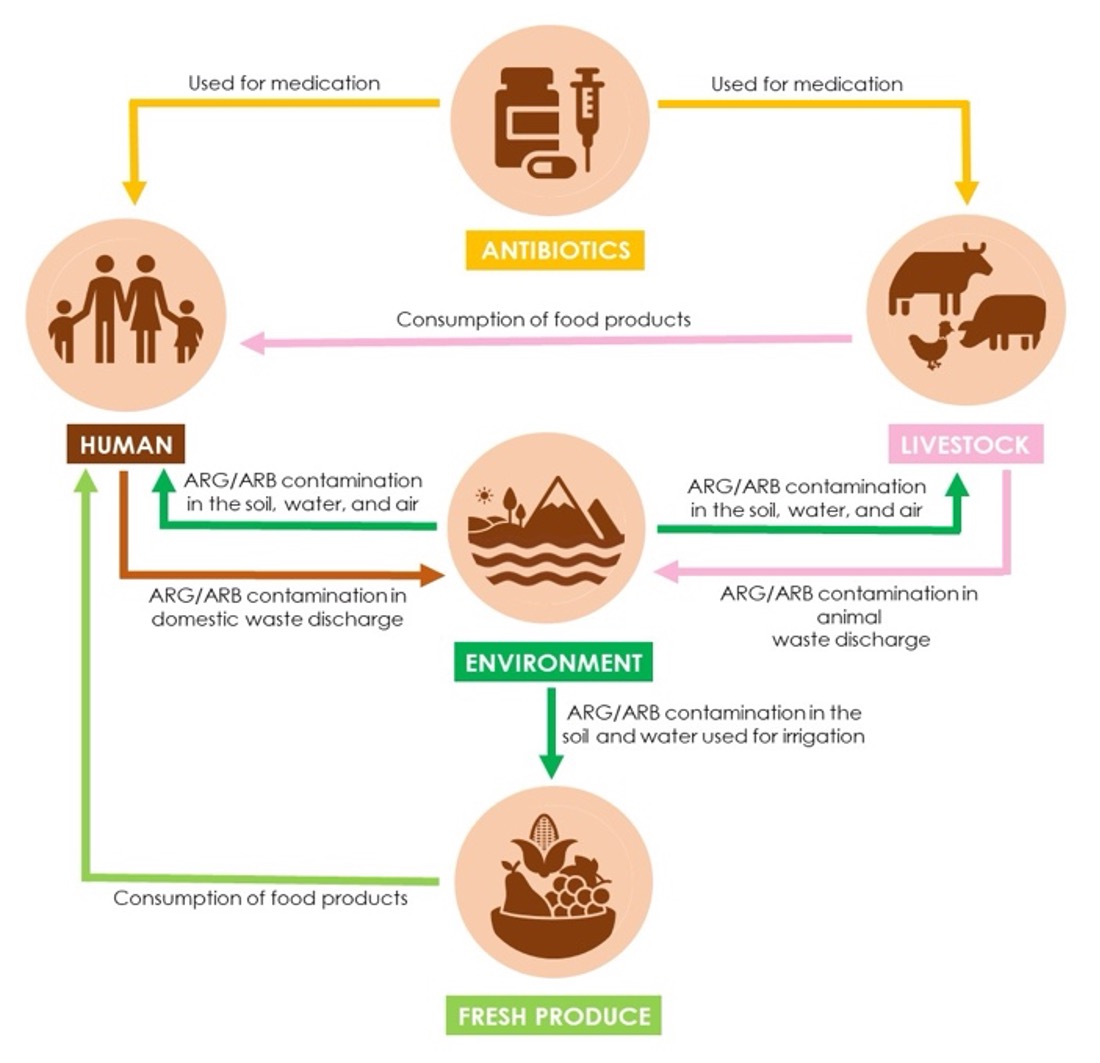VOLUME 16 NUMBER 2 (July to December 2023)

SciEnggJ. 2023 16 (2) 377-389
available online: November 17, 2023
*Corresponding author
Email Address: wlrivera@science.upd.edu.ph
Date received: September 18, 2023
Date revised: October 25, 2023
Date accepted: November 5, 2023
DOI: https://doi.org/10.54645/2023162AMV-16
REVIEW
Microbiological Quality of Fresh Produce in Southeast Asia: An Assessment of Risks, Challenges, and Opportunities
Quezon City 1101, Philippines
2Pathogen-Host-Environment Interactions Research Laboratory, Institute of
Biology, College of Science, University of the Philippines Diliman,
Quezon City 1101, Philippines
The consumption and production of fresh produce have been steadily increasing. In Southeast Asia, increased production and consumption of fresh produce can be attributed to efforts to attain food security, promote export industries, and meet escalating consumer demands. However, the fresh produce industry in Southeast Asia faces many challenges that hinder its ability to provide safe and wholesome products. One of these issues is the microbial contamination of fresh produce, which is now widely acknowledged as a major contributor to food poisoning and other foodborne illnesses. Although the information on the microbiological quality of fresh produce is available in other countries, data are limited in most Southeast Asian countries. This paper discusses the microbiological quality of fresh produce in Southeast Asia and the major sources of microbial contamination of fresh produce in the context of certain agricultural practices in this region. This paper argues that the lack of information on the microbiological quality of fresh produce significantly undermines efforts to establish guidelines and standards for fresh produce quality and hinders understanding of the potential risks and impacts of fresh produce contamination. This paper concludes with a discussion of future prospects and intervention opportunities to address the problem of microbial contamination of fresh produce in Southeast Asia.
© 2025 SciEnggJ
Philippine-American Academy of Science and Engineering